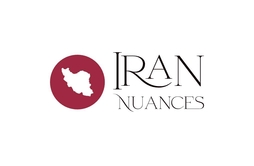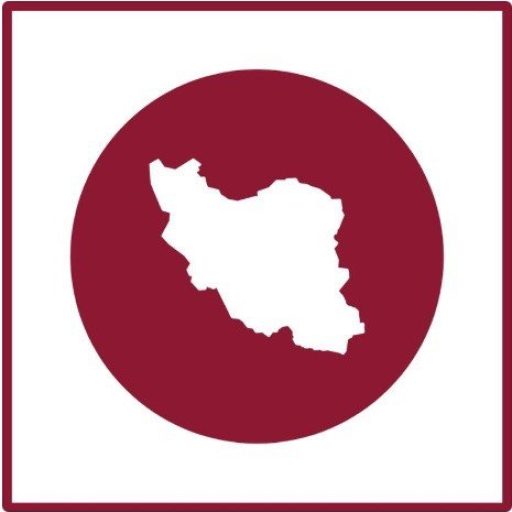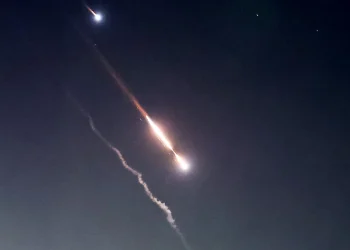Russian Deputy Foreign Minister Sergey Ryabkov, whilst on a two-day visit to Tehran, said on the fringes of the Iran-BRICS congregation today, “The military cooperation between Iran and Russia will continue, defiant of adversaries’ desires. We possess the right to expand our military cooperation, and our respective military sectors interact and cooperate closely with each other.”
This statement coexists with ongoing conjectures in news and analytical communities concerning Russia’s deliberation whether to supply, or withhold, Sukhoi 35 fighter aircraft to Iran. On July 20th, Iranian Defense Minister, Mohammadreza Ashtiani, asked on prospective acquisition of Sukhoi 35 from Russia, and in rather cryptic language, commented, ” When we have a series of capabilities, we may not feel the need to purchase equipment in many fields, or indeed other countries might approach Iran for procurement.” He supplemented, “Our endeavors in the aerial arena are budding through exceptionally favorable conditions. We may assert with credibility that we number amongst the most proficient nations globally in terms of technological, scientific, manufacturing, and research capabilities.”
This comes against the backdrop of the current scenario where Tehran and Moscow’s military relations have been spotlighted internationally, in the wake of the commencement of the war in Ukraine. Both are predominantly perceived as allies by public opinion, with Iran facing accusations in international forums by Western nations of selling drones to Russia and prompting criticism of further military collaborations between Tehran and Moscow.
Speculations are rife around Russia withholding Sukhoi 35 from Iran. As per some analysts, Moscow’s perspective on military cooperation and armament transactions with Iran deviates from its traditionally economic outlook, adopted with other international partners. Russia perceives its association with Iran through a security lens, also simultaneously viewing Iran as a prospective competitor in forthcoming markets. Conversely, certain observers maintain that an expansion of Russia and Iran’s interrelations in the military-technical sphere could propel all facets of their bilateral liaisons to new levels.
However, an influential factor dictating the military collaboration between Iran and Russia, remains the Western element. Prior to the 2014 Ukraine crisis, Russia had intentionally circumscribed its arms dealings with Iran with the hope of boons garnered from technical and economic advancements and the enhancement of political ties with the West.
Anterior to the Sukhoi 35 contract, the paramount agreement that materialized between Tehran and Moscow was the 2008 S-300 missile defense system pact, worth 800 million dollars, which was perpetually deferred until 2015 due to incessant delays. This tarnished the image of a premier arms exporter to Iran. A lingering skepticism exists around the possibility of a similar fate befalling the Su-35 contract, posing a significant litmus test in the military-security relations amidst Iran and Russia.






